South Tyrol as an integral, but still autonomous part of Italy appears to us largely self-evident today. A look back in history, however, teaches us something different, because until the year 1918, until the end of the First World War, South Tyrol and Trentino belonged to the County of Tyrol and were thus part of the Habsburg Empire for over 550 years. The county was bequeathed to the Habsburgs in 1363 by Margaret of Tyrol, the legendary Margaret Maultasch, who had no direct heirs even after the early death of her husband and son.
About 100 years earlier, the Counts of Tyrol had managed to separate their territories from the Duchy of Bavaria and have them recognized as an independent territory. The Bavarians, in turn, had ruled and settled South Tyrol since the time of the Carolingians. The strategic importance of Tyrol had always been great: Whoever ruled Tyrol controlled one of the most important Alpine passes, the Brenner Pass, and thus the trade routes from Italy to Germany. The route from Vienna to Milan ran through the Puster Valley. And finally, Tyrol also had natural resources, especially silver, copper, and salt. The importance of Tyrol to the Habsburgs is evident, for example, in the fact that Emperor Maximilian I moved his residence to Innsbruck.
The only brief interruption of the long Habsburg rule occurred during the Napoleonic Wars, when Austria had to cede Tyrol to Bavaria after the defeat at Austerlitz in 1805. However, the Tyroleans did not want to accept the new rulers, and so in 1809 the Tyrolean people's uprising under the leadership of the legendary Andreas Hofer took place. The uprising ended with a defeat after initial successes, and Hofer was shot summarily in Mantua in 1810. At the Congress of Vienna in 1814, Tyrol returned to the Habsburg Empire.
The map of Europe fundamentally changed after the First World War in 1918. The Austro-Hungarian Empire disintegrated, and Italian troops took advantage of the chaos to occupy South Tyrol. In 1919, South Tyrol was definitively assigned to Italy in the Treaty of Saint-Germain, although this contradicted the right to self-determination of peoples proclaimed by the Allied powers. For the German-speaking population of South Tyrol, a phase of repression began, which intensified with the rise of the Fascists in 1922. South Tyrol was to be Italianized, the German and Ladin languages were suppressed and banned, original place names were replaced with Italian ones, often having to be newly invented. German-language newspapers and the German language were completely banned at times, with Italian being the sole official language. Italian-speaking population was deliberately settled in South Tyrol, especially in Bolzano. In addition, South Tyrol came under military protectorate.
In 1939, Hitler and Mussolini signed an agreement offering the South Tyroleans resettlement to the German Reich, the so-called "Option." Where the resettlement was to take place was not entirely clear, but those who wanted to stay in Italy had to completely give up the German language and culture. The Option and the discussions about it deeply divided South Tyrolean society, and ultimately around 86% of the population voted for resettlement, which corresponded to over 166,000 eligible voters. In reality, only about 75,000 people emigrated by 1943, most of whom returned to South Tyrol after 1945.
With the end of the Second World War, hopes for a reunification of Tyrol arose again. In fact, the possibility was never given, and South Tyrol remained part of Italy. In the Paris Treaty of 1946, Italy guaranteed autonomy for South Tyrol and recognized Austria as the protecting power. However, the implementation proceeded slowly, and the strong immigration from the poorer regions of Italy continued. Anti-Italian resistance in South Tyrol grew and had its first peak in 1957 in a large demonstration called for by the South Tyrolean People's Party under Silvius Magnago: 35,000 South Tyroleans gathered at Sigmundskron Castle and chanted "Away from Rome" and "Away from Trento" slogans. This largest demonstration in the history of South Tyrol also received international attention.
At the same time, armed resistance began. The first series of bombings from 1956 to 1961 targeted mainly high-voltage pylons and symbols of Italian rule. The second series until 1969 was much bloodier, and people were also killed. The Italian state classified these attacks as a terrorist threat and fought the activists with all severity.
Austria then involved the UN to enforce autonomy and brought the case before the Security Council. In two resolutions, Italy was urged to comply with and implement the Paris Treaty. The Italian government then proposed the so-called "Calendar of Operations" to Austria in 1969, which eventually led to the ratification of the "South Tyrol Package" and the Second Autonomy Statute for the Province of Bolzano in 1972. This new autonomy statute now guarantees South Tyrol extensive self-government, independence in many budget and legislative matters, bilingualism, and a distribution of public positions and funds regulated according to ethnic proportions. However, it took another 20 years before the "Package" was fully implemented in 1992 and Austria issued a "settlement statement."
South Tyrol has managed to use its autonomy to become one of the wealthiest, most modern, and economically prosperous regions not only in Italy but in all of Europe. South Tyrol is now considered a model example for the autonomy of ethnic minorities and shows how peaceful coexistence of different population groups is possible even with a very conflict-ridden past. This gives hope for other regions of Europe and the world that still have this difficult path ahead of them.
The European integration process does the rest to overcome or make existing borders unnecessary. In 1998, the European Region of Tyrol-South Tyrol-Trentino was founded, continuing the long historical connection of these three areas. Through the cooperation of the three governors and the regional parliaments, as well as through joint cultural and political work, the common identity is to be preserved and deepened. Thus, a region is gradually growing together again, in which 1.67 million people live today, and which is probably one of the most beautiful and diverse regions in all of Europe.
Why does South Tyrol belong to Italy?
 How do you like the content of this page?
How do you like the content of this page?
Please give us your feedback!
Recommended accommodations
Hotel of the
Month
Month
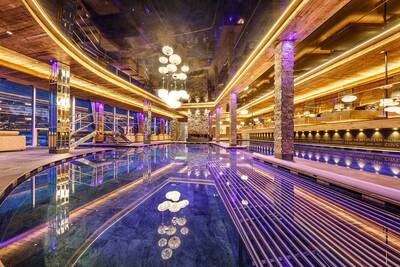
Vacation Offers
The best
tips
tips







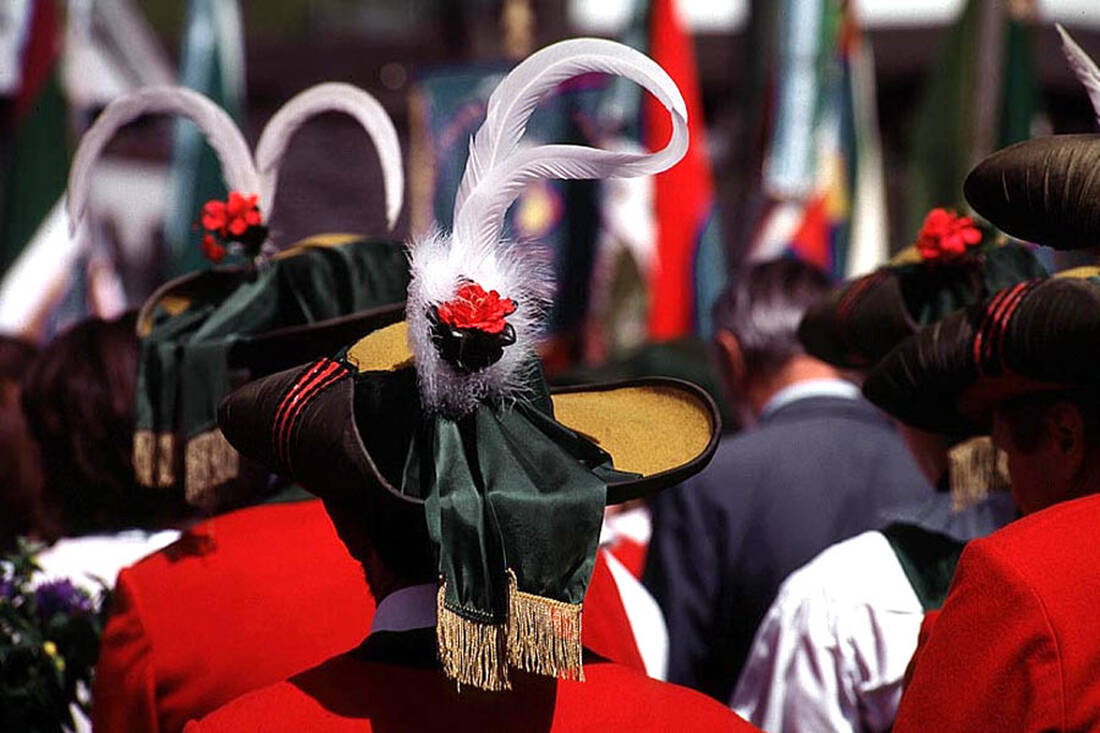
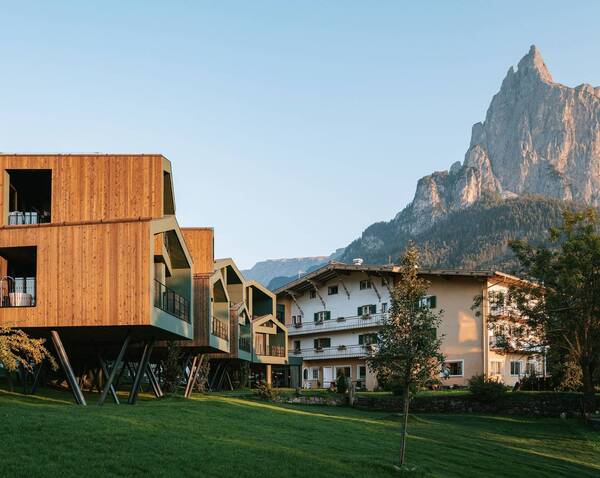




 notice
notice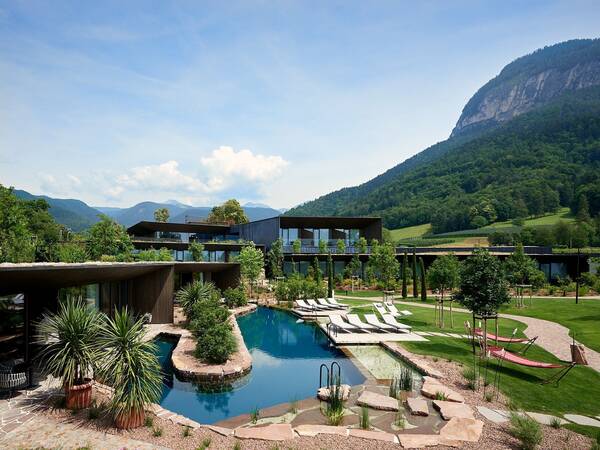




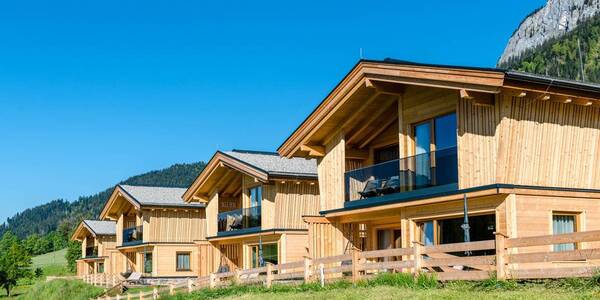

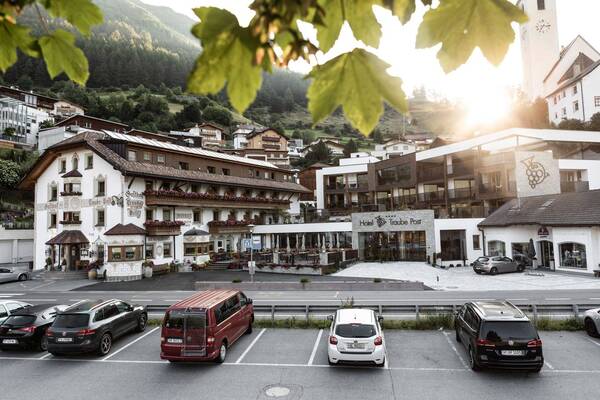

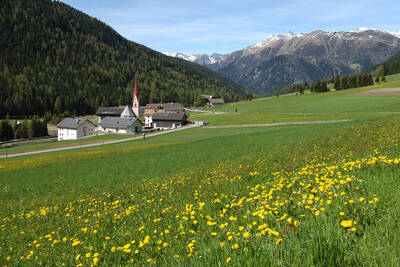
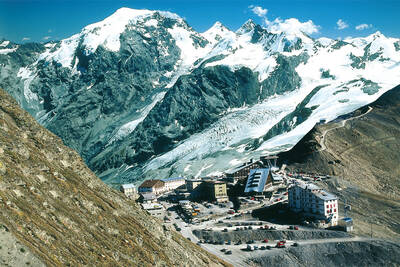
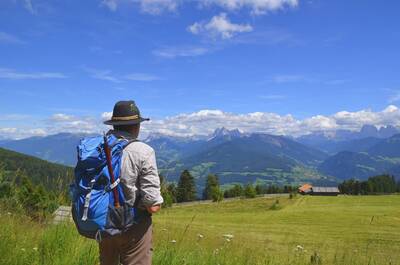

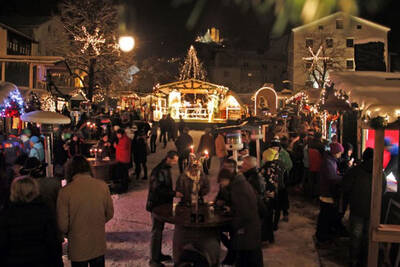
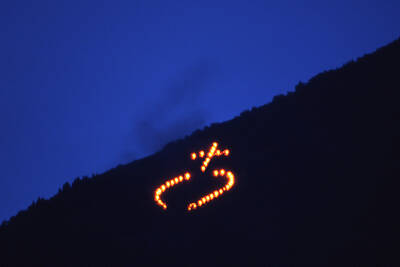
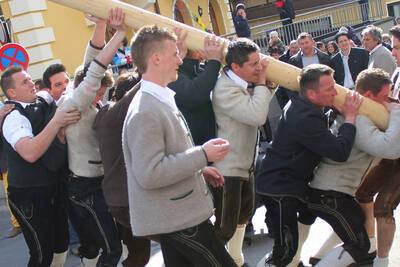
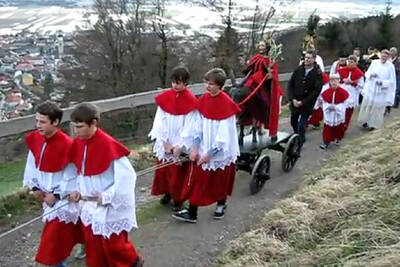
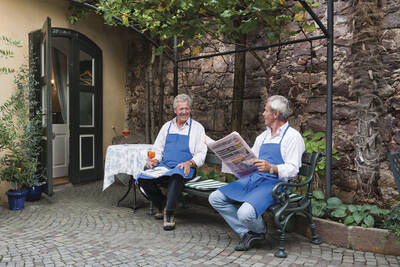
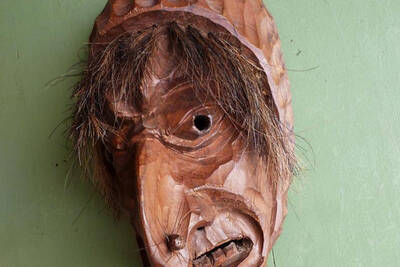
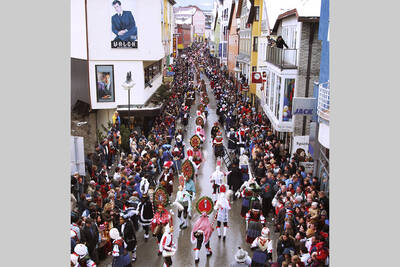
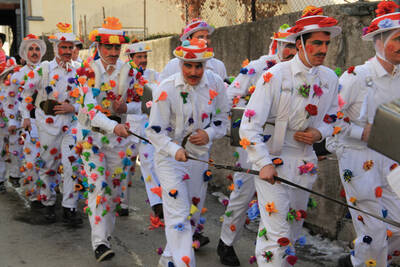
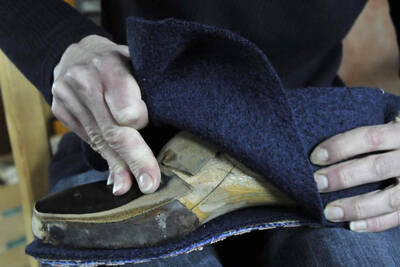
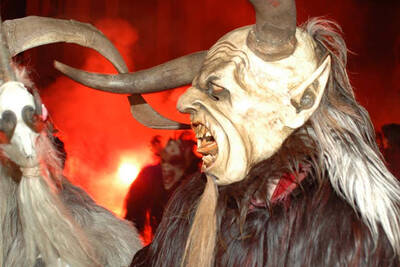
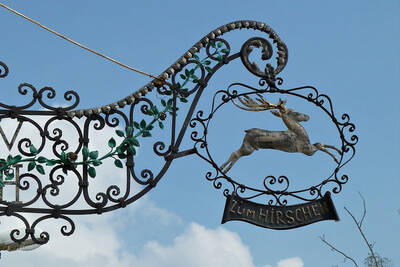
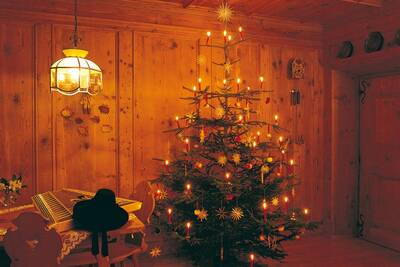
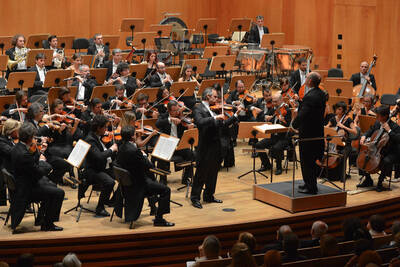
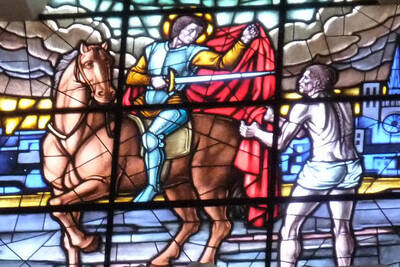
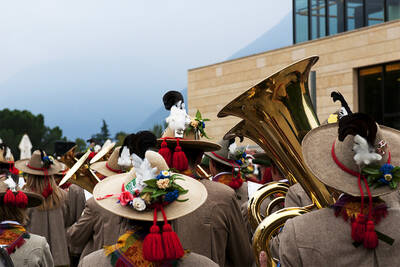
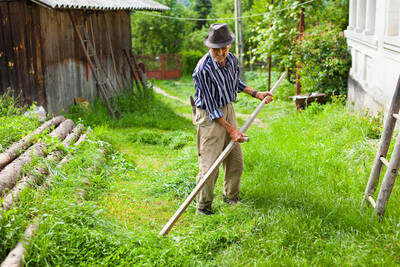
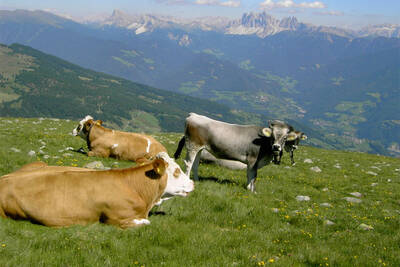
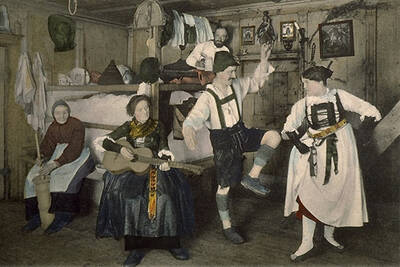
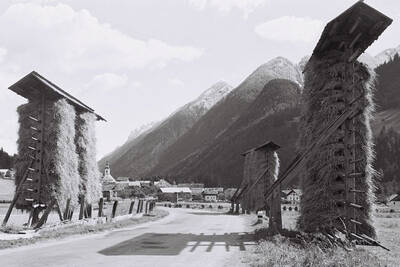
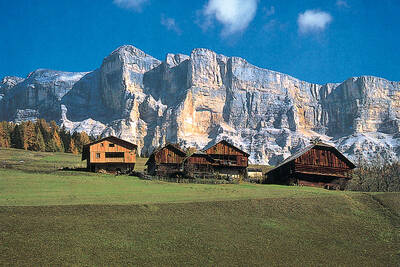
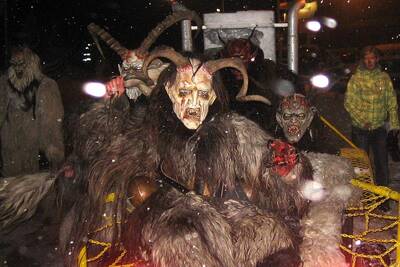
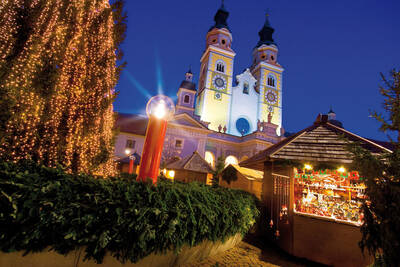
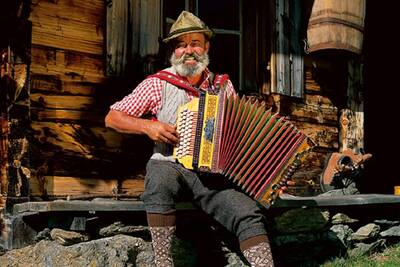
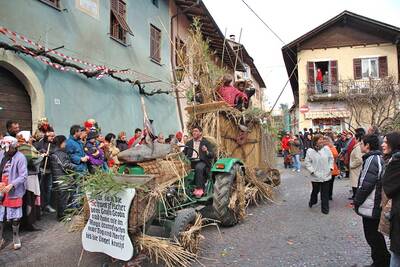
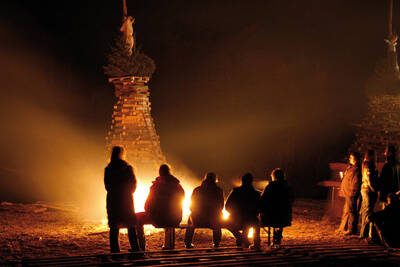

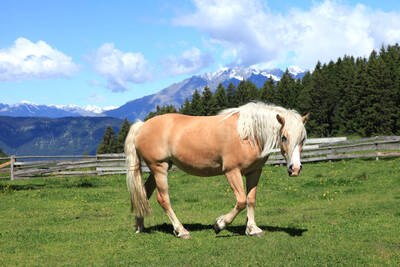
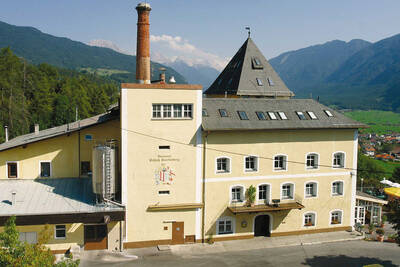
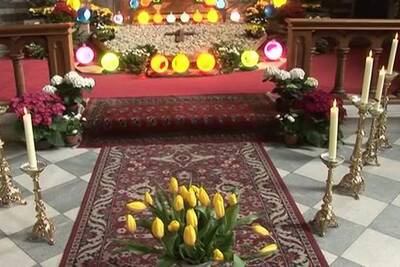
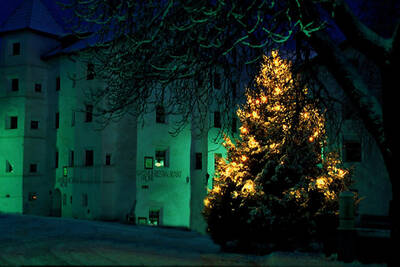
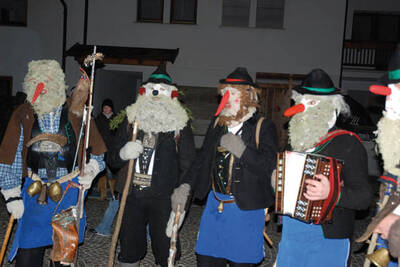
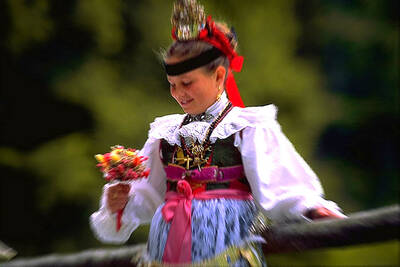
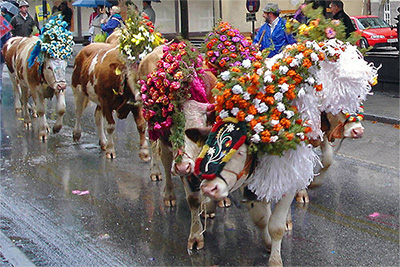
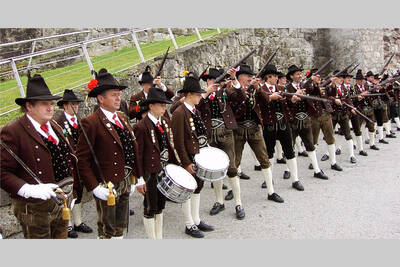
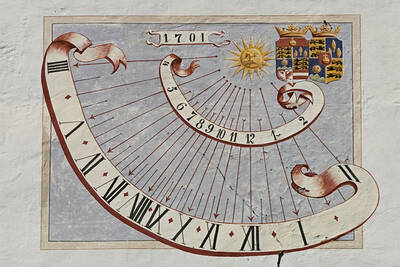

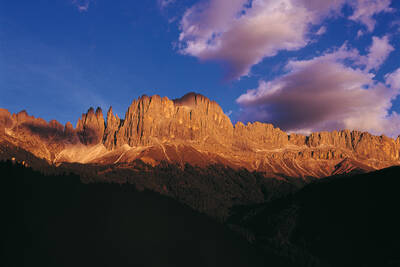
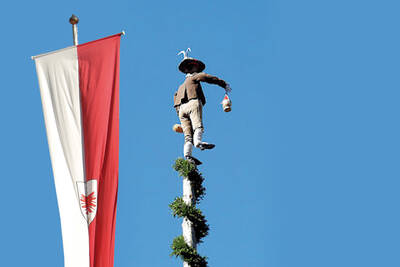


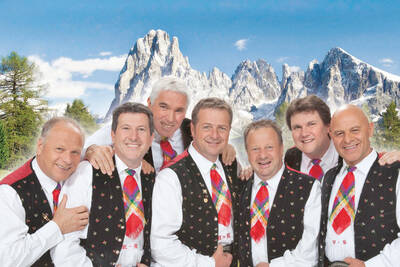
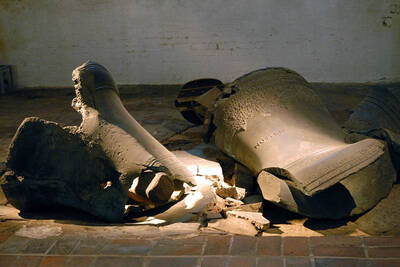
 More infos…
More infos…